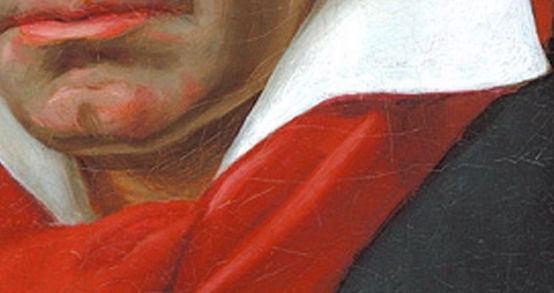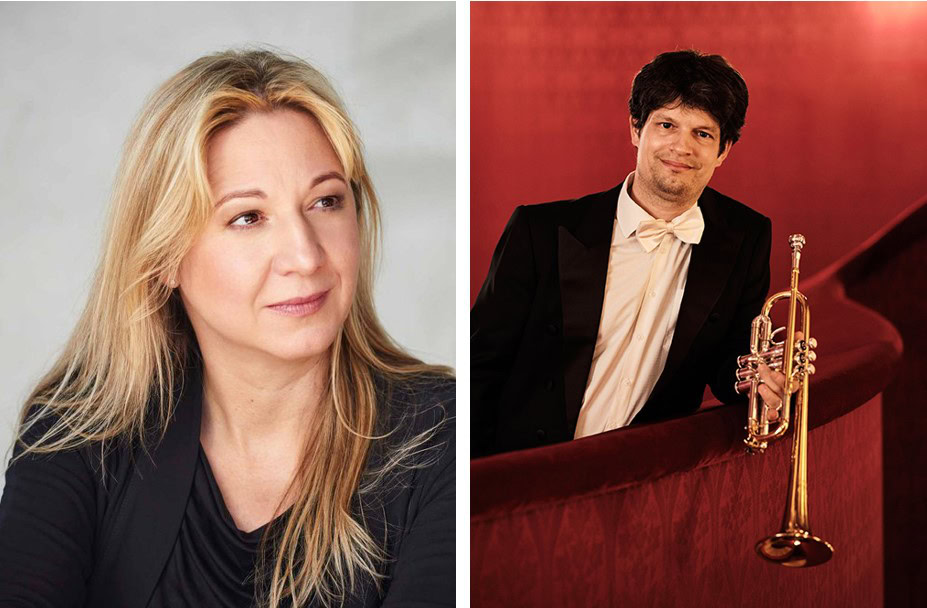Sonata for horn and piano
Beethoven every Friday: to mark his 250th birthday, we take a look at one of his works every week. Today it's the Sonata for Horn and Piano in F major.

This sonata is still a challenge for every horn player today, regardless of which instrument is used. For example, the French horn's range of notes is limited to the natural harmonic series in terms of construction, which musically did not allow for a continuous diatonic or chromatic line. Before the later introduction of mechanical valves (of which Johannes Brahms was not a great friend, by the way), this limitation could only be largely overcome by the so-called plugging technique - a technique in which the hand in the funnel influences the pitch depending on its position and shape. Only a few outstanding musicians were able to adequately compensate for the characteristic change in sound (namely from radiantly open to tightly stopped). One of these was the Bohemian-born Wenzel Stich (1746-1803), who also called himself Giovanni Punto, italianizing his name. He had managed to persuade Beethoven to take part in an academy at the Hofburgtheater on April 18, 1800, but the agreed composition was only completed at the very last moment. In his probably anecdotally heightened recollection, Ferdinand Ries put it like this: "Beethoven almost always postponed the composition of most of the works he was supposed to have finished by a certain time until the last moment. ... Beethoven began the work the day before the performance and it was finished at the concert."
Whether for this reason the middle slow movement (Poco adagio, quasi andante) has only a comparatively small range and functions more as an introduction to the concluding rondo? The very beginning of the first movement shows that Beethoven deliberately played with the tonal possibilities of the horn and probably wrote the composition Stich/Punto to suit it. Here the horn opens with a signal from the natural tone row. However, it is inconceivable to take over the narrow-step vocal main theme on a valveless instrument without using a sophisticated stopping technique. For today's musicians, who usually play on the technically sophisticated and tonally balanced valve horn, this poses the challenge of keeping some of this expressive, differentiated tonality alive.
Listen in!








